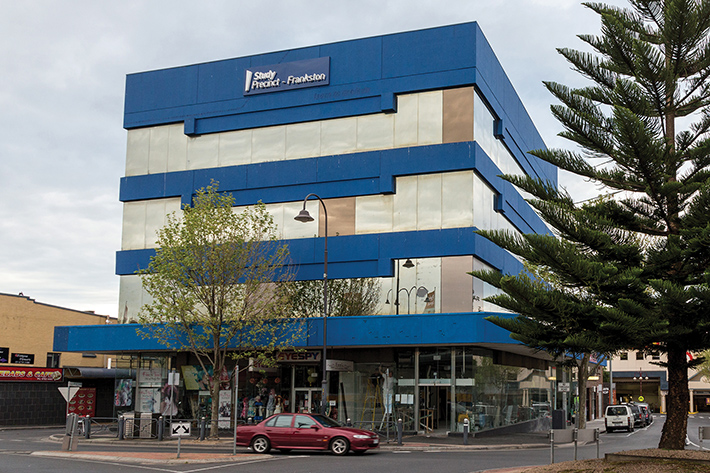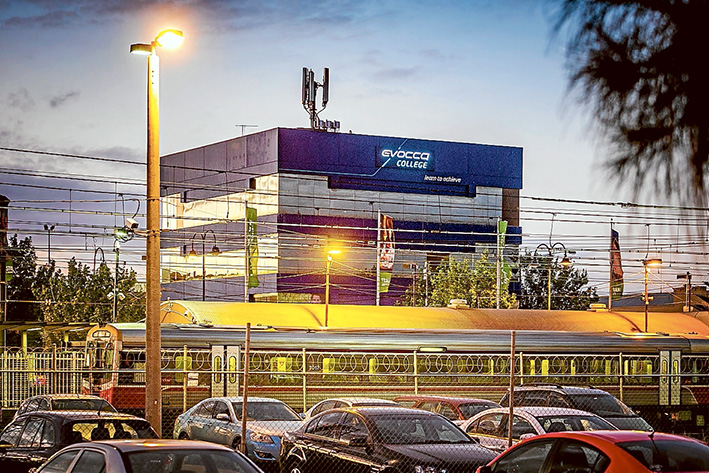

GRADUATION rates at Evocca College campuses have plunged to new lows amid a belated federal government crackdown on taxpayer funding to the private owned vocational education and training providers.
Updated figures released by the federal government late last month show course completion rates at Evocca College campuses nationally fell from a low 23.6 per cent between 2012-14 to 12.2 per cent in 2013-15.
The Queensland-based company trades as the Australian College of Training and Employment abbreviated to ACTE Pty Ltd and offers “study now, pay later” deals, known as VET FEE-HELP loans, to students who do not have to pay back course fees until they earn at least $50,000 per year.
Several registered training organisations, including Evocca, were criticised in a 2015 Senate inquiry of targeting vulnerable students with little or no chance of completing courses to boost enrolment numbers and reap hundreds of millions of dollars’ worth of profits.
ACTE Pty Ltd has received more than $550 million of taxpayers’ money since 2011 despite ongoing low graduation rates.
Fees for short courses offered by the privately owned colleges are often far higher than equivalent TAFE courses.
Evocca has a campus in Frankston at Balmoral St and that campus name was changed earlier this year to be called ‘Study Precinct – Frankston’.
ACTE decided to change the name of each of its individual campuses in April to reposition Evocca College as “change academies”.
When contacted by The Times ACTE insisted its graduation rates are above the sector average and continues to say many students will graduate in future despite the college consistently having low graduations over several years.
The federal government figures released last month revealed the average graduation rate across all providers nationwide between 2013-15 was 22.9 per cent against ACTE’s 12.2 per cent graduation rate.
“ACTE’s graduation rates are better than, or in line with, many other major public and private providers and also do not yet fully reflect students who have enrolled but are yet to graduate,” media and communications manager Suzanne Bartlett said in a statement.
Ms Bartlett said the company does not release individual graduation rates at individual campuses including its Frankston business.
The federal government also does not collate individual campus graduation rates.
The blowout in VET FEE-HELP taxpayer-funded debts occurred after the introduction of the scheme in 2012 by the former Labor federal government and continued under the Coalition government.
The latest federal Minister for Education and Training Simon Birmingham, appointed in September last year, has vowed to crackdown on “dodgy behaviour” by unscrupulous registered training organisations.
“Only now with historical data can we see the true damage Labor’s changes to VET FEE-HELP did whereby the scheme blew out from costing $325 million in 2012 to $1.8 billion in 2014 and $2.9 billion in 2015, student numbers jumped by almost 400 per cent, fees more than doubled and loans increased by 792 per cent,” Mr Birmingham said in a statement.
“While the 20 measures the Coalition put in place over 2015 and 2016 have stemmed some of the losses in VET FEE-HELP, with total 2016 loans projected to be around 45 per cent lower than in 2015, it is clear that a completely new program was essential to weed out the rorters and restore credibility to VET.”
Labor promised it would cap VET FEE-HELP course fees at $8000 per year if it had won government at this year’s federal election.
The average course fee is $14,918 nationally according to federal government data and $14,088 for ACTE provided courses.
